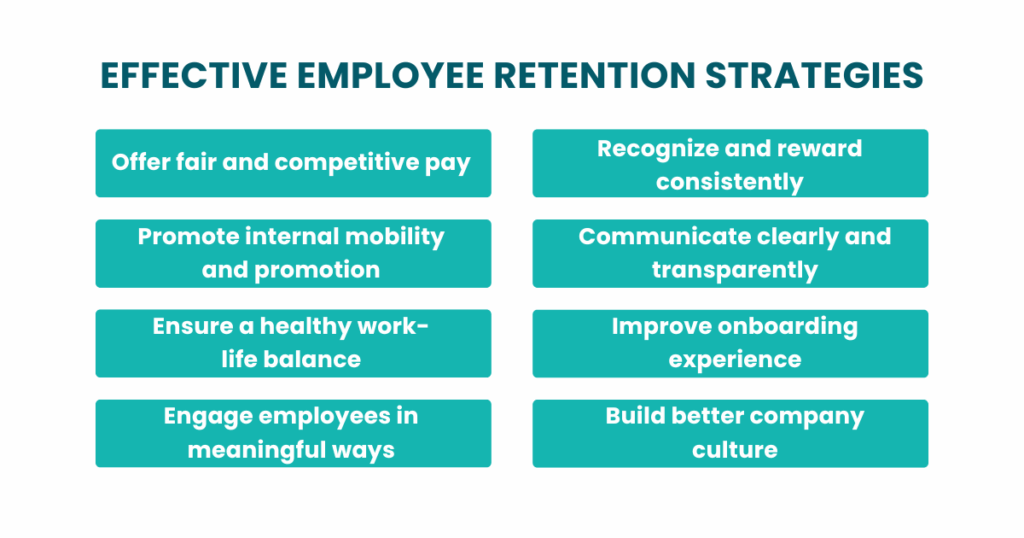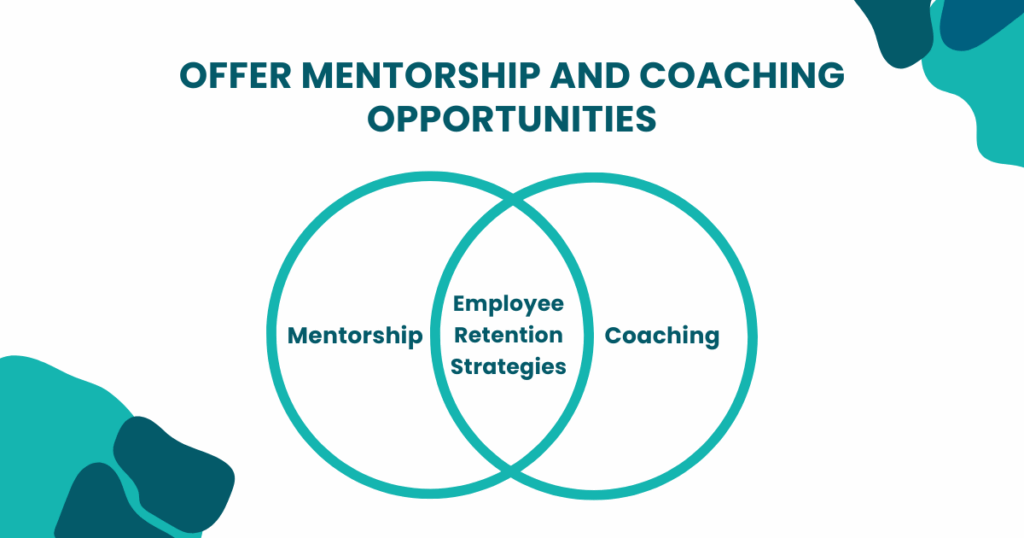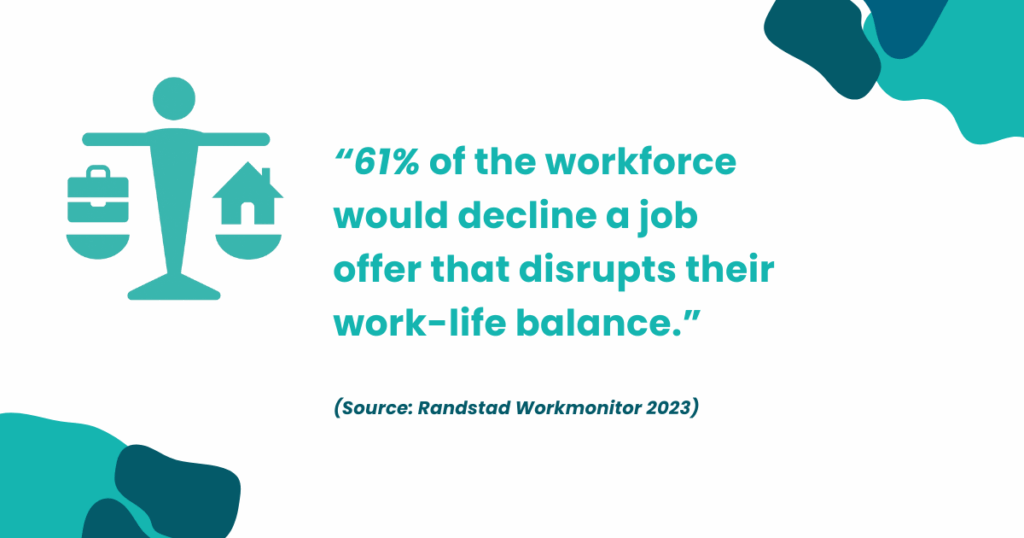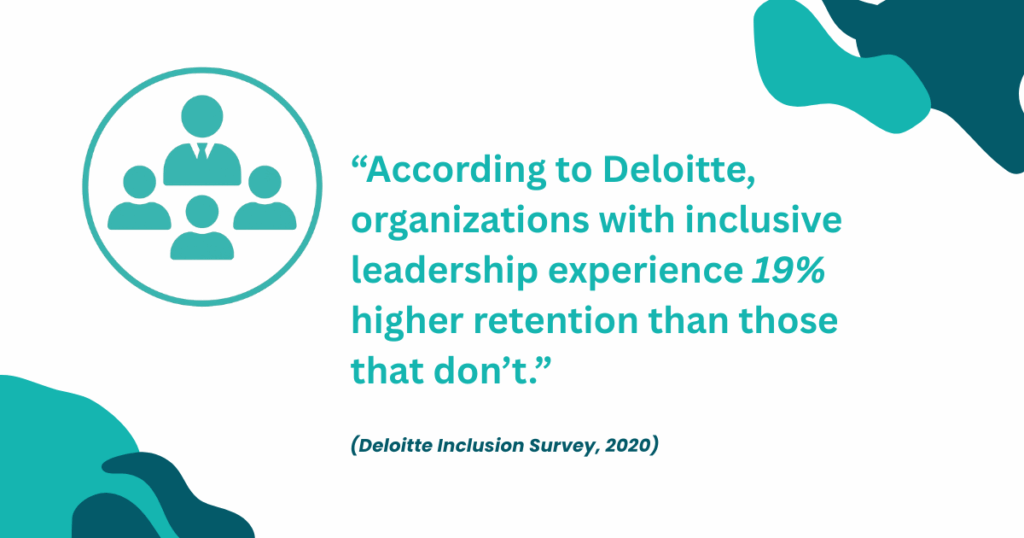Table of Contents
Employee Retention has become a serious challenge for most companies. Teams invest months in hiring and training, only to see good people leave within a year or two. It slows down work, impacts team morale, and puts pressure on managers to keep hiring again and again.
According to a 2023 Gallup report, businesses in the U.S. lose nearly $1 trillion each year when employees leave and need to be replaced.
But the bigger issue is what these exits say about the workplace itself. In many cases, people leave because of things that could’ve been handled early — missed opportunities to offer fair pay, improve onboarding, or build a better company culture.
This guide focuses on what employers can do to retain employees. It outlines practical ways to strengthen employee compensation, create opportunities for growth, and build an environment where people feel like they belong. These aren’t abstract ideas — they’re simple, measurable actions that help people stay and do their best work.

Effective Employee Retention Strategies
Retention issues usually don’t show up overnight. They build up through small moments—missed feedback, lack of recognition, unclear roles, or limited opportunities for growth.
Addressing these areas proactively helps create a culture where people choose to stay, not just because of the paycheck, but because they see a future with the company.
Here are some of the most effective strategies companies are using today to improve retention:
- Offer fair and competitive pay
- Improve onboarding experience
- Support career development and learning
- Offer mentorship programs and coaching opportunities
- Provide benefits that meet employee needs
- Ensure a healthy work-life balance
- Recognize and reward consistently
- Invest in employee wellness and mental health
- Build better company culture
- Communicate clearly and transparently
- Promote internal mobility and promotion
- Engage employees in meaningful ways
These pillars shape how employees experience their day-to-day work. When done well, they reduce stress, build trust, and create a workplace where people choose to stay.
In the sections that follow, we’ll take a closer look at each strategy.
1. Offer Fair and Competitive Pay
Fair and competitive pay remains one of the strongest drivers of retention. When employees feel they’re being paid below market rates, or less than their peers for similar work, it’s only a matter of time before they start looking elsewhere.
Companies should regularly review salary benchmarks, address internal pay gaps, and be transparent about how compensation decisions are made.
Beyond base salary, consider offering incentives like bonuses, performance-based rewards, or long-term stock options. These additions can make your compensation package more attractive without needing to overhaul salary bands.
2. Improve the Onboarding Experience
When someone joins a new company, those first few weeks shape everything that comes after. Onboarding isn’t just about policies and paperwork. It’s about helping people understand their role, get comfortable with the tools and systems, and feel part of the team from day one.
That includes clear communication, a consistent structure, and someone they can turn to with questions that aren’t in the handbook.
In many organizations, onboarding ends after orientation day. But real onboarding should last at least the first few months, with check-ins along the way to address early confusion or concerns.
3. Support Career Development and Learning
One of the most common reasons employees leave is the sense that they’ve stopped progressing. When people can’t see what’s next, or don’t feel supported in getting there, they eventually look elsewhere.
Career development doesn’t have to mean constant promotions. For most people, it’s about forward movement: learning something new, being trusted with more responsibility, or working toward a role that fits their long-term goals.
Managers and team leads can support growth in small, consistent ways. Some of the most effective approaches include:
- Regular one-on-one conversations about growth, not just performance
- Access to training or learning budgets for skill development
- Opportunities for cross-functional projects that stretch capabilities
- Visible paths for progression, even when formal titles or promotions aren’t immediately available
When a company makes development part of the culture, people are more likely to stay and grow with it.

4. Offer Mentorship and Coaching Opportunities
Mentorship creates space for employees to ask questions, build confidence, and navigate decisions with the support of someone who’s been there before. It can be informal, a regular check-in with a senior colleague, or part of a structured program. What matters is access and consistency.
Coaching plays a different role. While mentorship often focuses on experience-sharing, coaching is more focused on helping someone think through challenges, set goals, and build on their strengths. Managers don’t need to be certified coaches to do this well, they just need to make time for meaningful conversations, not just task updates.
Both mentorship and coaching help employees feel seen, supported, and connected to their work. In teams where this support is missing, it’s easy for people to feel stuck or isolated, even if everything else seems fine on paper.
Additional Image
5. Provide Benefits That Meet Real Employee Needs
Benefits play a larger role in retention than many employers realize, but only when they’re designed around what employees actually use and value.
Health insurance is a given in most workplaces, but today’s teams also look for support in areas like mental wellness, family planning, childcare, and time off that’s truly encouraged. Consider:
- Mental health support
- Paid parental and family leave
- Flexible time off policies
- Remote or hybrid work options
- Childcare assistance or subsidies
- Wellness programs that people actually use
- Accessibility across roles and levels
When benefits reflect day-to-day realities, employees are more likely to stay, and less likely to look elsewhere for balance.
6. Ensure a Healthy Work-Life Balance
Sustaining employee performance over time requires a balanced approach to how work is structured and delivered. When employees consistently face unrealistic timelines, unmanageable workloads, or a lack of flexibility, it leads to disengagement and, eventually, attrition.
Work-life balance is achieved through consistent practices that respect personal time and create space for recovery. This includes setting reasonable expectations, monitoring team capacity, and avoiding patterns that encourage extended availability outside of working hours.

7. Recognize and Reward Consistently
Recognition is a key driver of employee engagement, yet it is often overlooked in daily operations. Recognition does not need to be elaborate. In many cases, a timely acknowledgement from a manager or team lead is enough to reinforce a sense of value. However, it must be specific and consistent.
Generic praise loses meaning, while targeted feedback reinforces the impact of the work being done. Peer recognition programs, project-based shoutouts, and routine acknowledgements in team settings can contribute to building a positive culture.
When recognition is built into leadership habits and team routines, it becomes a meaningful part of the employee experience. This, in turn, plays a significant role in strengthening retention.
8. Invest in Employee Wellness and Mental Health
Studies consistently link employee wellness programs to improved retention, job satisfaction, and productivity. Recognizing and supporting mental health challenges early can prevent burnout and reduce turnover
Wellness initiatives don’t have to be extravagant. These core components make a substantive difference:
- Mental health coverage: Including counseling or Employee Assistance Programs (EAPs) sends a meaningful message that mental health matters.
- Wellness benefits: Subsidies for fitness, mindfulness apps, or stress-management tools.
- Regular well-being checks: Managers should incorporate emotional wellness into ongoing one-on-one meetings.
- Normalize rest and recovery: Encourage vacations, mental health days, and breaks, without linking them to productivity metrics.
9. Build a Better Company Culture
Set clear behavioral expectations across teams, ensure fair access to opportunities, and make inclusion a part of daily routines.
Start with how meetings are run. Make space for equal input, rotate who leads, and avoid letting the same voices dominate. Review team communication habits to make sure language and tone are professional and respectful across all levels.
Inclusive cultures are shaped through leadership habits, peer accountability, and transparent systems. Over time, these practices reduce disengagement and help retain employees, especially those who otherwise feel overlooked.

10. Encourage Internal Mobility and Promotion
Promoting internally builds loyalty, reduces hiring time, and preserves institutional knowledge. But for internal mobility to work, it has to be visible and accessible, not reserved for a few.
Start by reviewing how open roles are shared. Make internal postings standard, and ensure employees are encouraged to apply. Offer managers guidance on how to support team members who want to move across departments or functions.
Beyond promotions, lateral moves can also contribute to retention. Employees often value variety and skill development just as much as title changes. If people see room to grow within your organization, they’re far less likely to explore opportunities outside of it.
11. Communicate Clearly and Transparently
To improve communication, start with consistency. Leaders should share updates regularly, explain changes clearly, and avoid withholding information that affects people’s work.
This applies to feedback as well. Employees should understand how their performance is viewed, what’s expected of them, and where they stand. When feedback is delayed or vague, frustration builds quickly.
Good communication is about clarity, relevance, and timing. When employees are well-informed, they make better decisions and are more likely to stay engaged over the long term.
12. Strengthen Employee Engagement
Engagement improves when employees understand how their work connects to something larger than their daily tasks. While compensation and benefits matter, they don’t replace the need for meaningful work.
To build that connection, organizations should communicate not only what needs to be done, but why it matters. This includes aligning individual goals with team and company outcomes, showing how roles contribute to broader results, and recognizing progress at every level.
When employees are invited to contribute ideas, solve problems, and take ownership, they feel more invested in the outcome. Over time, this clarity strengthens engagement, improves performance, and makes it less likely that employees will look for fulfillment elsewhere.
13. Streamline Employment Verification and Background Processes
Organizations benefit from having a standardized system for verifying previous employment, credentials, and references, especially during high-volume hiring periods. A transparent and timely verification process helps protect culture fit, reduce bad hires, and ensure that new employees are starting on solid footing.
More importantly, efficient systems create a better experience for candidates. When onboarding begins with a transparent and structured employment verification process, it sends a clear signal that the organization values preparation and professionalism.
Platforms like WorkSure offer verification tools that automate and centralize employment checks, making the process faster, more consistent, and easier to manage across departments.
Frequently Asked Questions (FAQs)
1. What are 5 ways to improve employee retention?
- Offer competitive and fair compensation
- Provide clear growth and development opportunities
- Recognize and reward contributions consistently
- Maintain work-life balance and flexible policies
- Build strong, supportive management practices
2. What are the 3 R’s of employee retention?
The 3 R’s are:
- Respect: Creating a workplace culture built on fairness and professionalism
- Recognition: Acknowledging employee contributions regularly
- Reward: Aligning compensation and benefits with performance and expectations
3. What are the best employee retention strategies?
The most effective strategies include: competitive pay, structured onboarding, professional development support, regular feedback, internal mobility, inclusive culture, and transparent communication.
4. What is the employee retention strategy?
An employee retention strategy is a structured approach that organizations use to keep valuable employees by improving workplace conditions, aligning career growth with business goals, and fostering a culture of engagement and support.
Final Thoughts
Employee retention is shaped by how people experience their work every day — how they’re treated, what they’re offered, and whether they see a future in the organization.
Compensation, growth, recognition, flexibility, and culture all play a role. When even one of these falls short, it creates space for doubt. Over time, that doubt becomes disengagement, and eventually, departure.
The takeaway is simple: retention is a reflection of how well you lead, support, and grow your people. If you’re losing good talent, it’s not just about who left — it’s about what you missed. Fixing that demands consistency, clarity, and a commitment to doing the fundamentals well. That’s what keeps people — and teams — strong over the long term.





